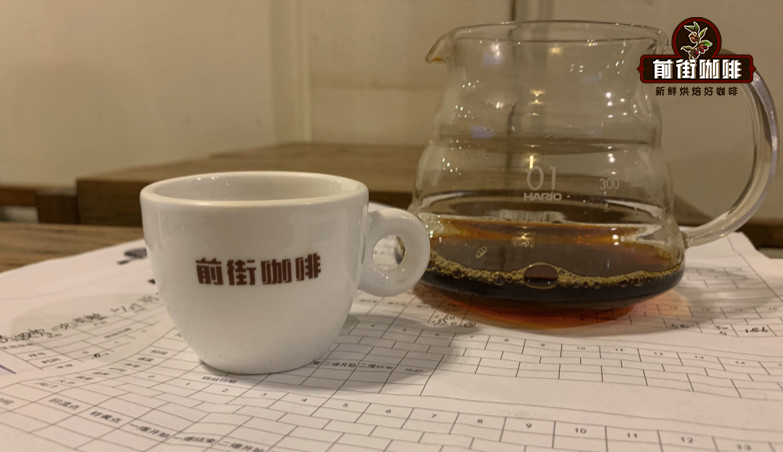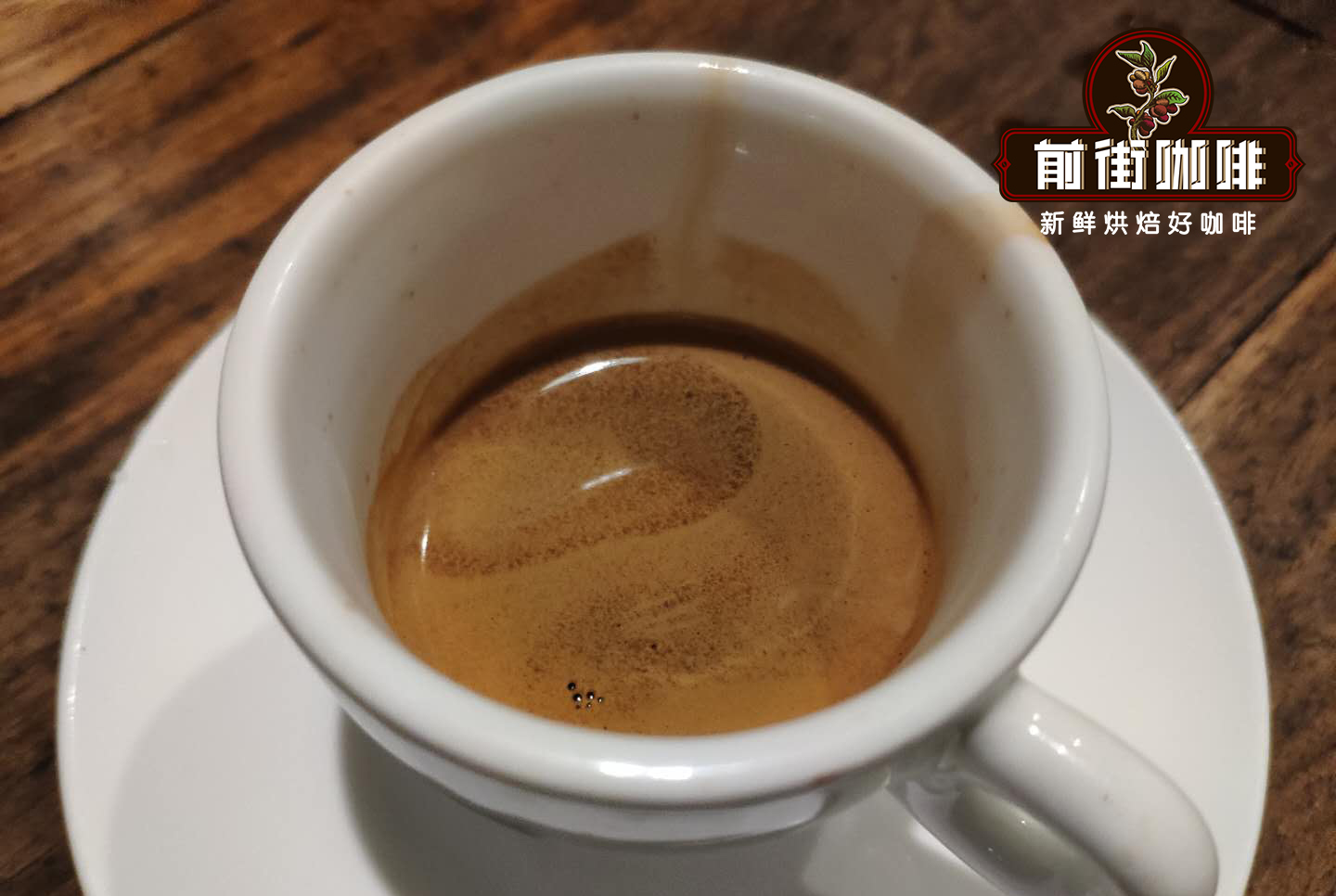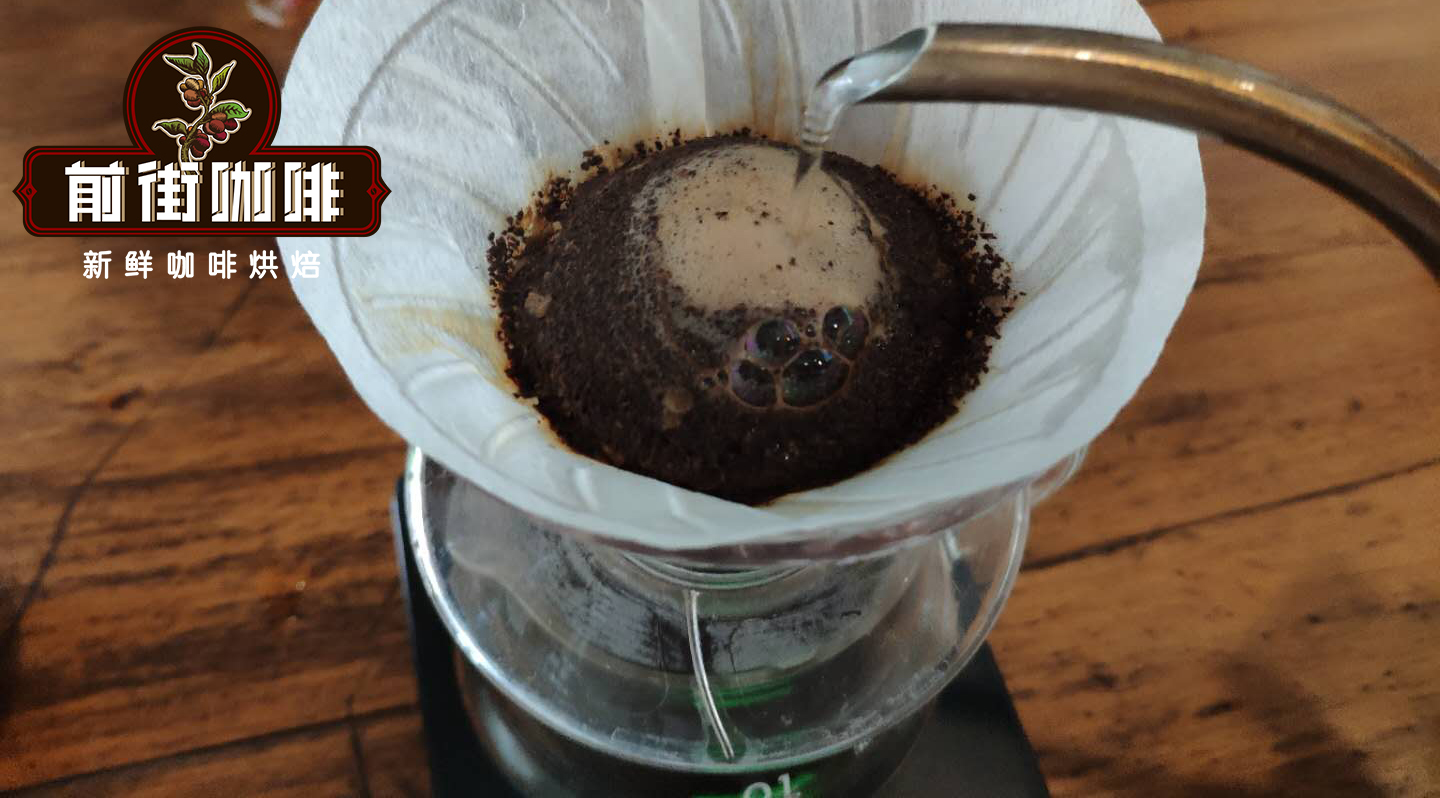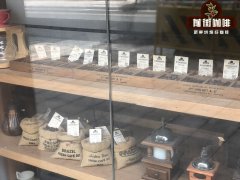What are the differences between European and American coffee cultures? What is the difference in coffee habits between the United States and Europe?

As we all know, the coffee markets in the United States and Europe are very different. Import and consume a lot of coffee. The level of ICO consumption in 2019 / 20 shows that Europeans consumed about 2.7 billion kg, while the United States consumed about 1.7 billion kg. Between them, the United States and Europe account for almost 40% of all coffee consumption on the planet.
However, despite the large number, coffee culture is fundamentally different between the two regions. Among other things, one of the main differences is that the United States has a long relationship with filtered coffee, while espresso is a more ingrained part of European coffee culture.
Coffee consumption History in the United States and Europe
Coffee was introduced into Europe in the early 17th century. It took only a few decades for consumption to rise and followed colonial ships to the United States in the late 1600s. But coffee was not really popular in the United States until after the Boston Tea Party, a protest against the British government's imposition of a tea tax on its American colonies.
In the 17th, 18th and 19th centuries, cafes spread rapidly in Europe and became a gathering place for intellectuals. The original espresso machine was patented by Angelo Moriondo in Turin in 1884, but it was not until 1901 that Luigi Becerra invented the first "real" espresso machine.
It made its debut at the Milan Expo in 1906 and soon became very popular. The word "coffee" became part of the Italian word in the 1920s and spread throughout Europe in the first half of the 20th century.
However, in the United States, the development of coffee is different. James H. Nason invented the first coffee filter in the United States in 1865, pointing out the early connection with a completely different method of brewing.
Throughout the early 1900s, coffee was commercialized and popularized by brands such as Folgers and Maxwell House. American inventor George Washington (not the president) created a method of processing and mass production of instant coffee in 1909. After prohibition, coffee did not become more popular until the 1920s.
Filtered coffee or drip coffee is largely thought to have been invented by Melitta Bentz in Germany in 1908. However, by World War II, the two main brewing methods in the United States were filtering / dripping coffee and stove filters.
Some people even say that American coffee was invented by American geographical indications in Italy during the war. Espresso is said to be too full-bodied and bitter for them, diluting it with water to make it taste like filtered coffee, which they are more familiar with.
"after World War II, people became really interested in coffee, when tools such as brewing control charts came out in the 1960s," Meimei said. " It was also at this time that Folgers and other major American coffee brands began to step up their advertising efforts.
In 1972, the first household automatic dripping machine, Mr. Coffee, came out. The advent of electric coffee filters has revolutionized the way Americans drink filtered coffee and has played a good role in a growing consumer culture that requires convenience both at home and out of home.
Cultural difference
Of course, there are huge cultural differences between the United States and Europe, and these differences are closely related to these different relationships.
One of the main differences is the high emphasis on the convenience and accessibility of American culture. In the United States, especially in metropolitan areas such as Los Angeles and New York City, people's pace of life can be very fast, with an emphasis on "carrying" food and drinks. Therefore, it is no real coincidence that Motor Moka, the first through coffee shop, was established in the United States in 1990.
Although European urban culture does sometimes want convenience, there is a difference between the two. In countries such as France and Italy, cafes and restaurants often focus on providing the experience, encouraging customers to sit down and enjoy the experience.
In American cities, filtered coffee provides a way for coffee shops to provide customers with the high-quality flavor and tasting notes they like, while still providing convenience and speed. Sara, who is based in Los Angeles, says MillCross is familiar with the "anytime, anywhere" culture. She told me that the ease of use of filterable coffee makes it the most convenient way for many customers to drink coffee.
"American coffee culture is about convenience; instant coffee has been a way of life for decades. Although "specialty coffee is changing those old habits," she said, "filtered coffee is more suitable for a fast-paced lifestyle than fast-espresso."

"when people have time to sit there, we usually consume more espresso in coffee shops," Sarah told me. " In addition to providing coffee shops and customers with the convenience of filtering coffee, she added, "this is also a family habit of many people in the United States."
In Europe, coffee culture is different. Agnieszka explains that the difference is "very cultural and related to the way people eat and the climate". Although espresso is more popular in Europe and is often seen as a drink with friends in coffee shops or espresso bars, this is not always the case.
It is not uncommon to have a cup of coffee at your local cafe before taking a break from work or before an appointment or meeting. There doesn't always have to be a special occasion-it's part of broader life.
"in the United States, coffee is usually emphasized at home and in the office," Meimei said. But in Europe, we see a culture of enjoying a lot of coffee in cafes. "
However, it is difficult to talk about European coffee culture as a whole. There are many unique countries in Europe that consume coffee in different ways. Agnieszka told me, for example, "people often eat big meals [in southern Europe], so don't drink a lot of coffee after meals."
Agnieszka says people usually prefer short-term drinks, such as espresso, macchiato, Cortado or ristretto. She added: "Southern Europeans usually like strong flavors."
Agnieszka said that in Central Europe and the UK, people usually eat more milk drinks (such as cappuccino, latte and pure white coffee).

Eastern European countries usually have their own versions of "milk drinks with cream or condensed milk", she added. However, in Scandinavia, espresso is less popular and coffee culture is more similar to that of the United States. Agnieszka says filtered coffee is more common than espresso.
There are also differences between regions of the United States. Lightly roasted coffee made by dumping is becoming more and more popular in cities such as Los Angeles, New York and Chicago.
These are usually drunk by young, middle-aged Americans who have more experience with the third wave of coffee culture and want to find more subtle flavors. However, in rural areas of the United States, filtered coffee is usually made with darker roasting and more traditional flavors, and is popularized through products such as classic dinner coffee.
Overall, we know that people enjoy coffee in different ways around the world, but these differences are still incredible. Although culture and history can enable us to point out some possible reasons, they are by no means absolute.
Your personal experience of drinking coffee will naturally determine your preference. Of course, in Europe, some people prefer filtered coffee, and there are naturally espresso lovers in the United States.
In every country in the world, coffee has its unique and interesting history. Although this alone does not guarantee that people will enjoy coffee in some way, it will certainly affect consumption trends and ways.
Important Notice :
前街咖啡 FrontStreet Coffee has moved to new addredd:
FrontStreet Coffee Address: 315,Donghua East Road,GuangZhou
Tel:020 38364473
- Prev

Flavor difference between Honduran whisky barrel Shirley and brandy barrel litchi orchid coffee
Professional coffee knowledge exchange more coffee bean information Please pay attention to coffee workshop (Wechat official account cafe_style) Coffee bean wine barrel fermentation treatment is a new treatment in recent years, barrel fermented coffee beans will have an unprecedented flavor and taste experience. As the technology becomes more and more mature, the barrel fermentation method is becoming more and more popular.
- Next

Nicaraguan Fine Coffee Professor of Coffee beans in Tianji Manor & Gift Coffee brewing Flavor
Professional coffee knowledge exchange more coffee bean information please follow the coffee workshop (Wechat official account cafe_style) Nicaragua in previous years due to frequent civil war, the coffee industry has not developed, so Nicaraguan coffee has been unknown. In recent years, the economy has stopped, and the coffee industry has also developed. Nicaraguan coffee has a charming
Related
- Beginners will see the "Coffee pull flower" guide!
- What is the difference between ice blog purified milk and ordinary milk coffee?
- Why is the Philippines the largest producer of crops in Liberia?
- For coffee extraction, should the fine powder be retained?
- How does extracted espresso fill pressed powder? How much strength does it take to press the powder?
- How to make jasmine cold extract coffee? Is the jasmine + latte good?
- Will this little toy really make the coffee taste better? How does Lily Drip affect coffee extraction?
- Will the action of slapping the filter cup also affect coffee extraction?
- What's the difference between powder-to-water ratio and powder-to-liquid ratio?
- What is the Ethiopian local species? What does it have to do with Heirloom native species?

